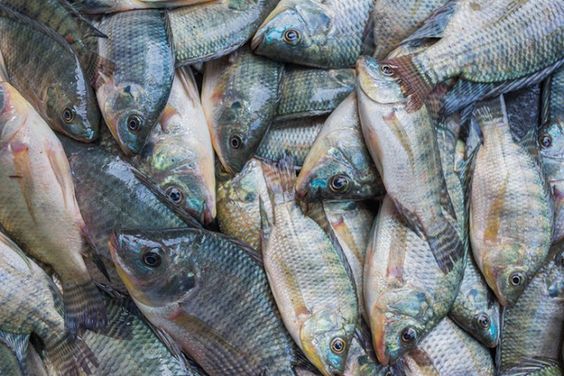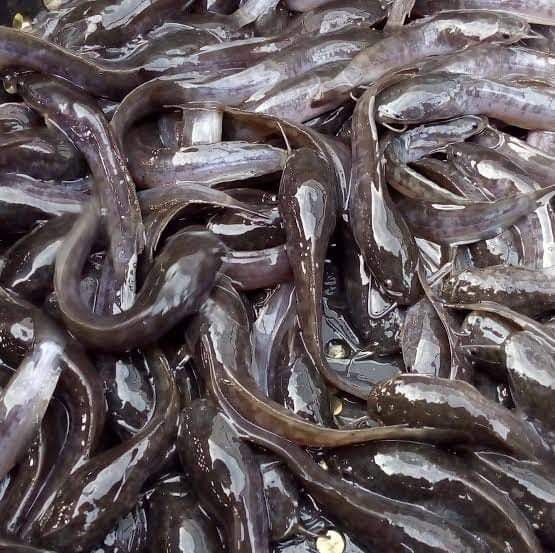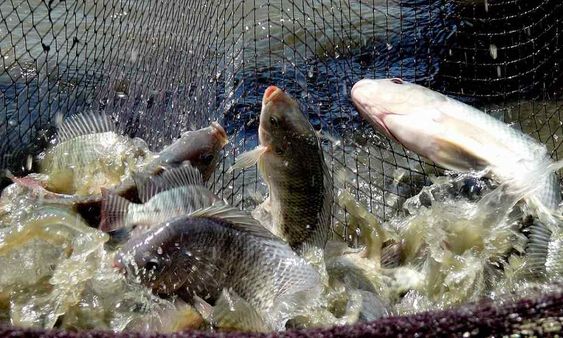Catfish sustainable fisheries:A Sustainable Seafood Option
Catfish sustainable fisheries consumption has risen significantly in recent years, and for good reason. It’s a versatile, affordable, and nutritious protein source. But with growing concerns about overfishing and the environmental impact of seafood production, the question of catfish sustainability becomes important.
This article dives deep into the world of catfish fisheries, exploring both farmed and wild-caught varieties to understand their sustainability practices.
Contents
Farmed Catfish: A Leader in Sustainable Aquaculture
The vast majority of catfish consumed globally comes from aquaculture, or fish farming. The good news is that farmed catfish production is generally considered a leader in sustainable aquaculture practices. Here’s why:
- Low Environmental Impact: Catfish are omnivorous and can be efficiently raised on plant-based feeds, minimizing reliance on fishmeal derived from wild fish populations.
- Recirculating Aquaculture Systems (RAS): Modern catfish farms often utilize RAS, which significantly reduce water usage and waste discharge. RAS systems filter and reuse water, minimizing pollution of surrounding ecosystems.
- Pond Management: Catfish ponds are strategically located on land unsuitable for agriculture, preventing deforestation or competition with other land uses. Proper pond management techniques minimize water waste and runoff.
- Disease Prevention: Strict biosecurity measures and responsible use of antibiotics help keep catfish healthy, reducing the need for further interventions that could harm the environment.
- Regulations and Certifications: The U.S. catfish industry, a major global producer, adheres to strict regulations and undergoes regular inspections to ensure responsible farming practices. Additionally, certifications like the Aquaculture Stewardship Council (ASC) provide independent verification of sustainable practices.
Challenges and Considerations for Farmed Catfish:
While farmed catfish boasts many sustainability advantages, there are still areas for improvement:
- Energy Consumption: RAS systems require significant energy to operate. Sustainable energy sources like solar power can help mitigate this impact.
- Nutrient Loading: Even with proper management, catfish farms can contribute nutrient runoff into surrounding waterways. Continuous monitoring and responsible waste management are crucial.
- Escapees: Accidental escape of farm-raised catfish can disrupt local ecosystems. Proper pond infrastructure and maintenance minimize this risk.
Overall, farmed catfish production demonstrates a strong commitment to sustainability. As the industry continues to innovate and adopt best practices, its environmental footprint is likely to shrink further.
Wild-Caught Catfish: A More Varied Picture
Wild-caught catfish represent a smaller portion of the market compared to farmed varieties. Sustainability of wild catfish fisheries depends heavily on the specific species, fishing methods employed, and management practices in place.
Here are some factors to consider:
- Species Catfish sustainable fisheries: Certain wild catfish species, particularly those inhabiting rivers under heavy fishing pressure, may be more vulnerable to overfishing.
- Fishing Gear Catfish sustainable fisheries: Destructive fishing practices like bottom trawling can damage habitats and impact bycatch (unwanted fish caught alongside target species).
- Regulations and Stock Management: Effective fisheries management practices that set quotas, limit fishing seasons, and protect spawning grounds are crucial for maintaining healthy wild catfish populations.
Finding Sustainable Wild-Caught Catfish:
Catfish sustainable fisheries,Consumers who are particular about sourcing sustainable wild-caught catfish can look for certifications from organizations like the Marine Stewardship Council (MSC). These certifications denote that the fishery adheres to sustainable fishing practices that minimize environmental impact and ensure long-term stock health.
Catfish sustainable fisheries ,It’s important to note that information on the sustainability of specific wild catfish fisheries can be limited. Consulting resources like the Monterey Bay Aquarium’s Seafood Watch program can help you make informed choices.
The Future of Sustainable Catfish Production
Catfish sustainable fisheries With continued focus on responsible practices, innovation in aquaculture techniques, and effective fisheries management, catfish production has the potential to be an even more sustainable source of protein. Here are some promising areas of development:
- Alternative Feeds: Research and development of sustainable, plant-based or insect-based feeds can further reduce reliance on fishmeal and minimize environmental impact.
- Closed-Loop Systems: Advancements in RAS technology could lead to even more efficient water usage and waste management within catfish farms.
- Improved Stock Management: Enhanced data collection and monitoring of wild catfish populations combined with adaptive management strategies can ensure long-term sustainability.
By embracing these advancements and holding both aquaculture and wild-caught fisheries accountable for responsible practices, catfish can continue to be a healthy and sustainable seafood choice.
In Conclusion Catfish sustainable fisheries:
Catfish sustainable fisheries, both farmed and wild-caught, can be a part of a sustainable seafood diet. Farmed catfish production, in particular, demonstrates a strong commitment to environmental responsibility. When considering wild-caught catfish, look for certifications like the MSC to ensure your purchase comes from a well-managed fishery. As consumers, we can all play a role in promoting sustainable practices by making informed choices about the catfish we buy.






